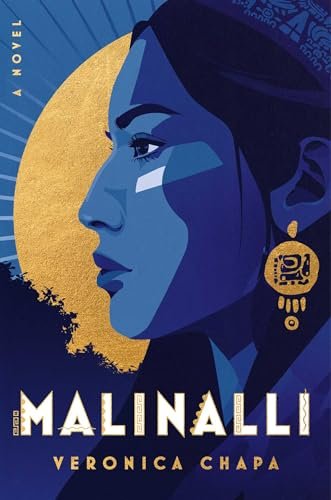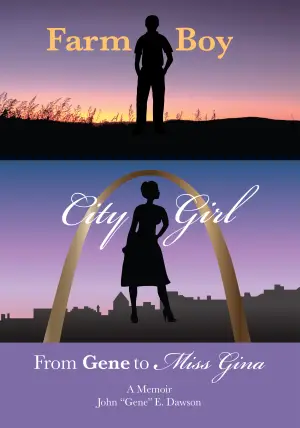Book Review: Malinalli by Veronica Chapa
When I first stumbled upon Malinalli, I was eager to dive into a narrative that promised to reimagine the life of La Malinche, an iconic and deeply complex historical figure. Veronica Chapa’s debut novel offers a mesmerizing backdrop of the Aztec Empire, but as I turned the pages, I found myself grappling with mixed feelings. I received an ARC through NetGalley on December 19, 2024, and while I appreciate the opportunity, it truly didn’t sway my opinion on the book.
What initially drew me in was the intriguing premise of a young Nahua woman navigating the tumultuous waters of culture and power. However, I couldn’t shake off a sense of déjà vu while reading. The style felt very much like other recent releases in the feminist myth retelling trend, echoing the vibes of Circe and The Witch and the Tsar. I found myself wishing for more depth and originality. It struck me that the notion of “feminist” here was superficial and bordered on the problematic, resembling the vestiges of outdated “GirlBoss” tropes we thought we had left behind.
As the story unfolded, I noticed a parallel in how magical elements were treated in Malinalli. It seems as though Chapa wanted to play with fantasy tropes without fully committing to the genre. Instances of magic were introduced almost casually—such as Mali and her twin beginning to share visions or her sudden talent with embroidery—without much explanation or emotional resonance. This glossing over of magical events not only diluted their impact but also felt like a missed opportunity. If the magical elements were meant to enhance the narrative, they fell flat and ended up feeling more like window dressing than integral components of the story.
Pacing was another issue that stood out. Chapa sped through significant events with little room for the reader to absorb or reflect, resulting in gut-punch moments that landed with a thud rather than a resonant echo. An extended narrative may have allowed for a deeper connection to Mali and her journey, fostering a sense of empathy that was somewhat lacking.
One aspect that felt particularly incongruous was Mali’s stance against human sacrifice, a practice that was historically significant in her culture. This moral conflict felt like an unnecessary compromise between the author and contemporary readers, hindering the authenticity of Mali’s character.
I should mention that the original synopsis for Malinalli, which described a woman caught between two power struggles, carried a much more engaging allure than the final rendition. It hinted at the epic depth that was somewhat lost in translation.
Despite my criticisms, it’s important to note that Malinalli might resonate more with fans of historical fiction rather than those specifically seeking a nuanced fantasy experience. Though it wasn’t for me, readers interested in powerful women navigating complex sociopolitical landscapes may find value in Chapa’s work.
In closing, while Malinalli may not have ignited my enthusiasm, it did prompt a deeper reflection on the portrayal of historical figures in contemporary literature. I look forward to seeing how Chapa evolves as a writer in her future endeavors—perhaps the next journey will strike a more resonant chord. If you’re a lover of historical narratives and enjoy the beauty of cultural explorations, give this one a try. It may just be the captivating story you’ve been seeking.















